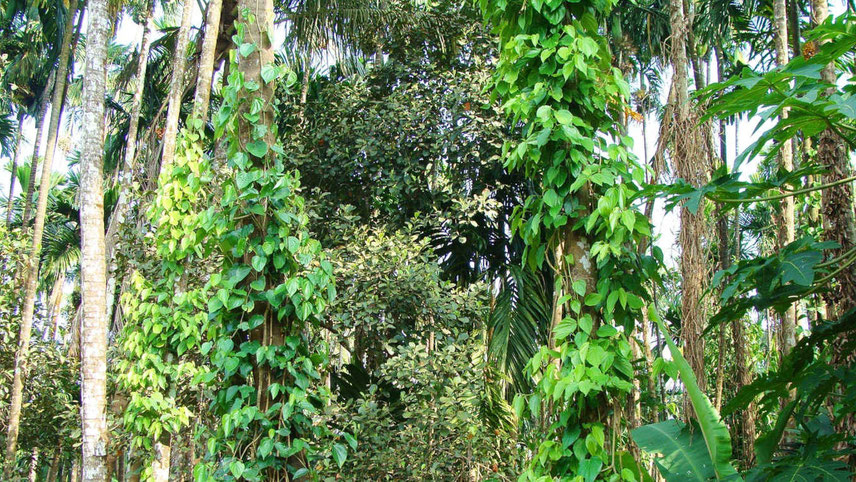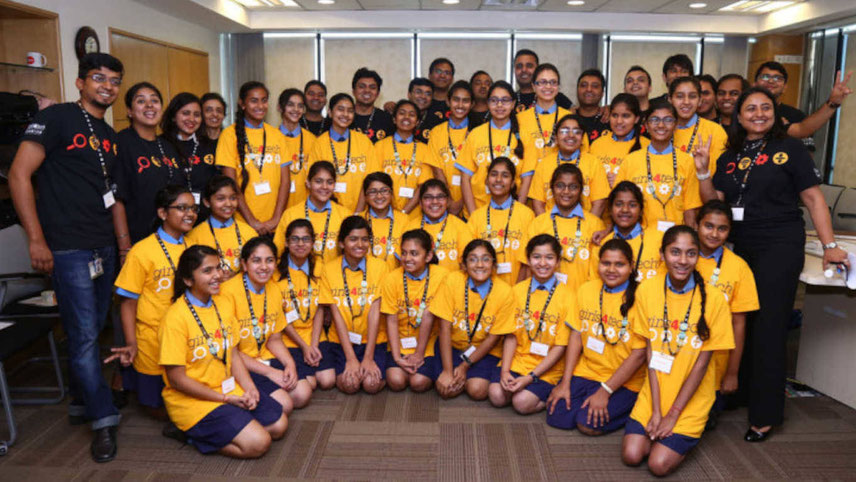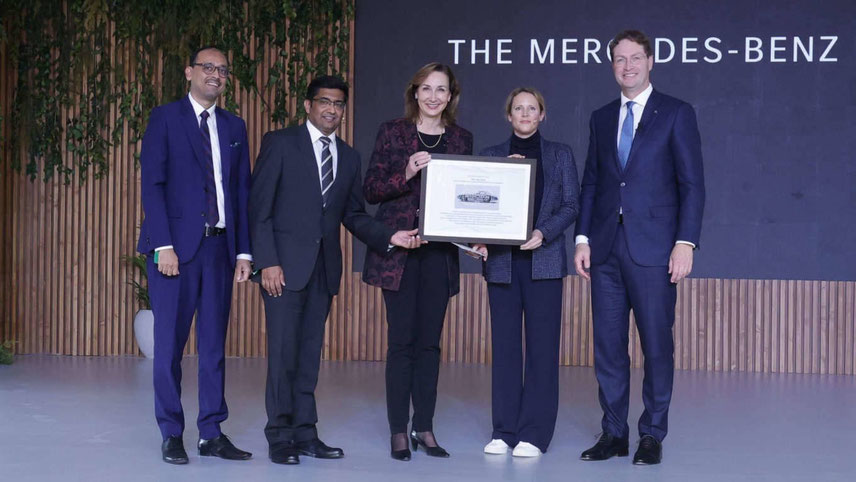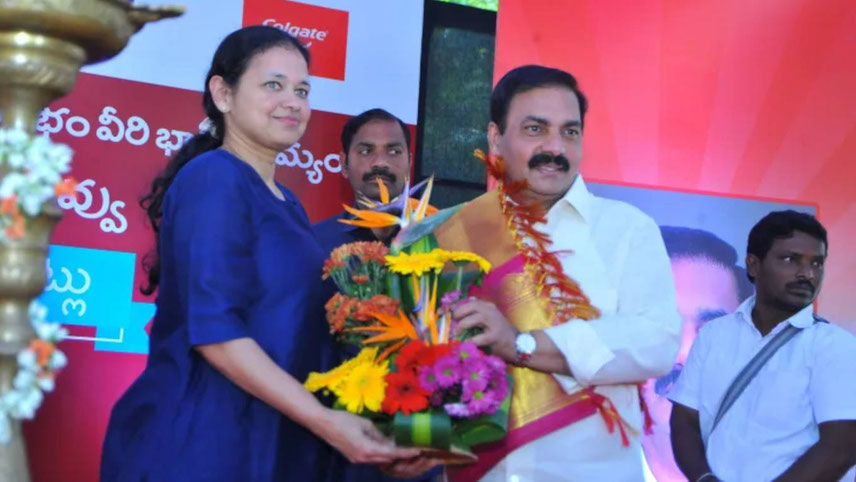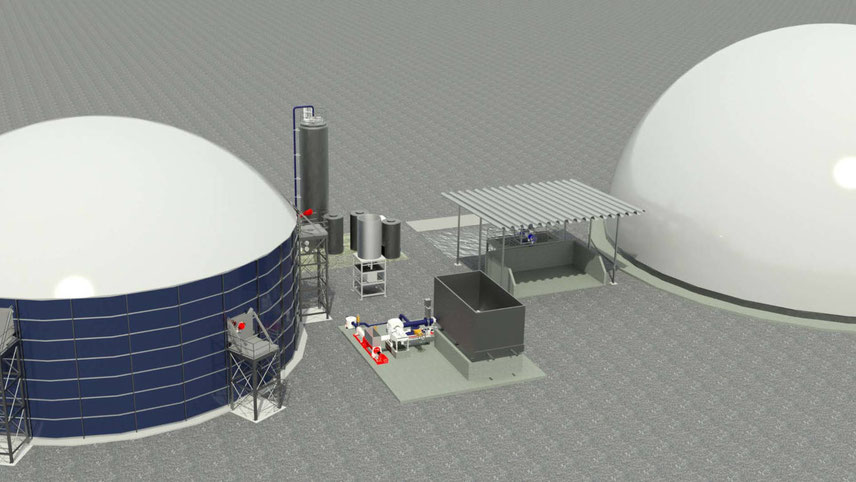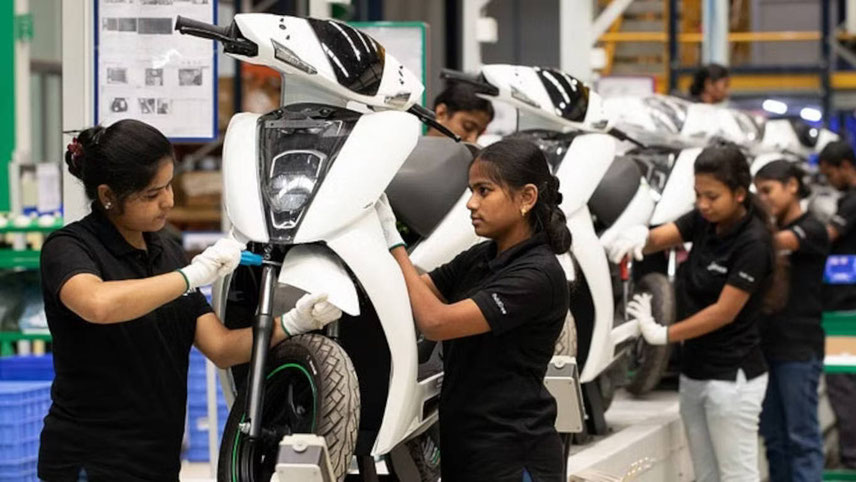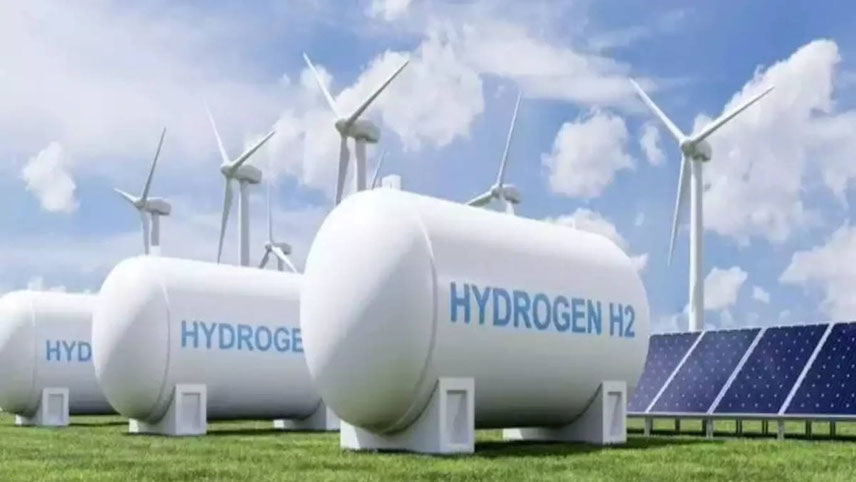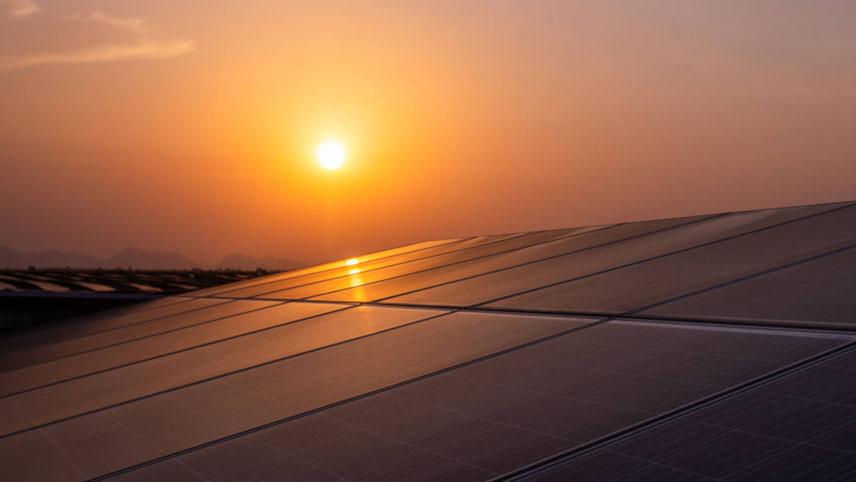Prime Minister Narendra Modi recently disclosed in an interview that the distribution process would involve over 28,000 cold chain points, as well as a digital platform to enrol, track and reach out to beneficiaries. In the process, Modi touched upon just one of the challenges that lie ahead in India’s vaccination drive to tackle Covid-19 – an adequate cold chain infrastructure. India may have a vaccine by early next year. But getting the shots delivered safely to different regions and then finally to hospitals and pharmacies is set to be the tougher part, according to officials involved in the exercise. Since different Covid-19 vaccines under formulation require different temperatures and different handling procedures, cold chain facilities, including equipment and procedures used in transport and storage, are a critical aspect before they are eventually administered to the masses. For example, point out these officials, some of the vaccines undergoing Phase III trials now must be stored at temperatures as cold as minus 94 degrees Celsius. On paper, India has 27,000 cold chain points for its universal immunisation programme (UIP), of which 750 are located at the district level and above. The rest are located below the district level. The UIP is used to vaccinate priority groups identified by the government. Some of these points may not be able to work to full capacity, or may even be malfunctioning. Officials disclose that UIP currently requires the storage of, ‘at best’, around 300 million doses of the vaccines that it administers to targeted groups. In contrast, for Covid-19, one is talking about a population cohort of 1.3 billion-plus people and, if it’s a two-dose vaccine, then one is looking at about now 2.6 billion-plus doses annually. Even if it’s half of that, the government will still need (capacity for) 1.3 billion-plus doses, which means it will have to increase its cold chain capacity four to five-fold. Then it will have to get the vaccine across the whole country. For that it will have to set up hubs in the north, south east and west, where manufacturers can stockpile inventory. Varying estimates When Modi spoke of India requiring 28,000 cold chain points, it wasn’t clear what he had in mind. Was he speaking of capacity, in addition to what already exists? Indeed, there have been varying official estimates: Initially, it was said that India might be requiring more than 16,000 cold chain storages. Whatever the figure, it needs to augment capacity rapidly within the next few months.
-
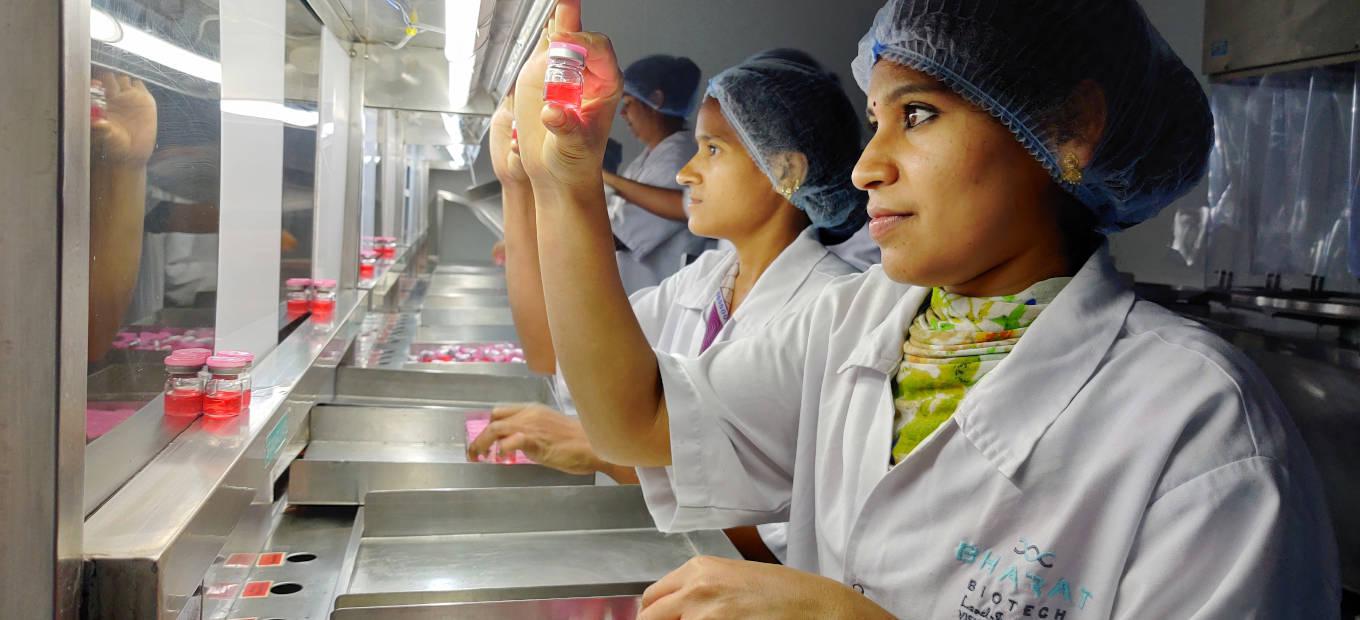
India might be requiring more than 16,000 cold chain storages for vaccine delivery


























